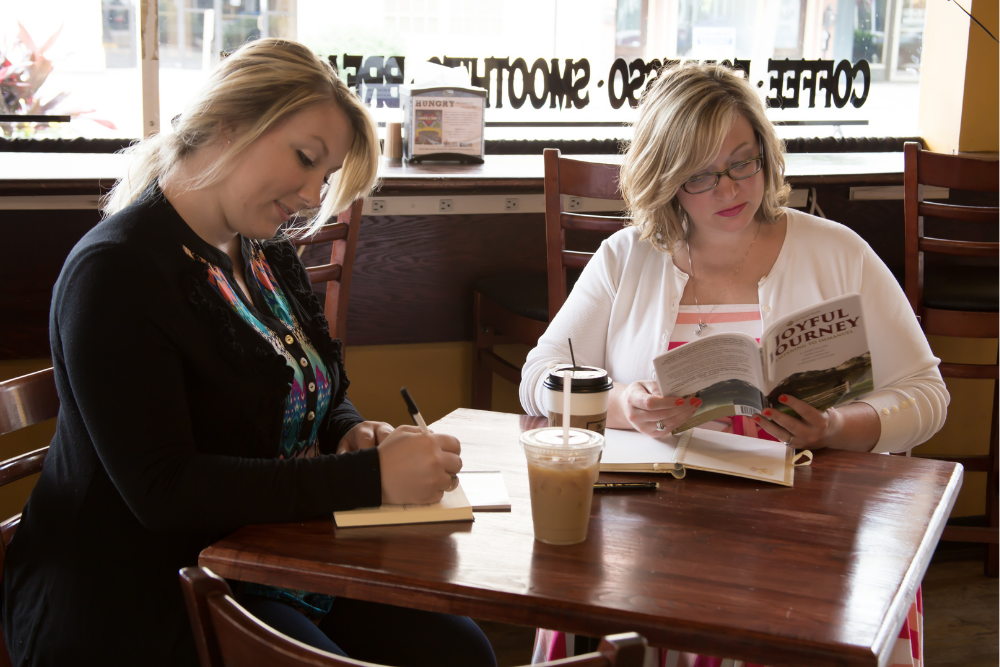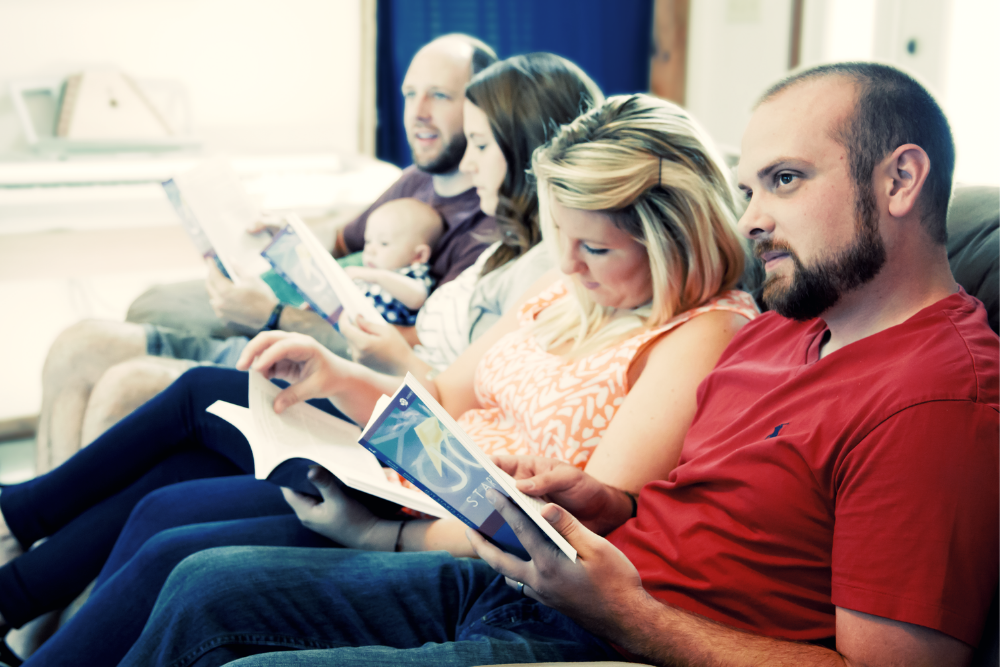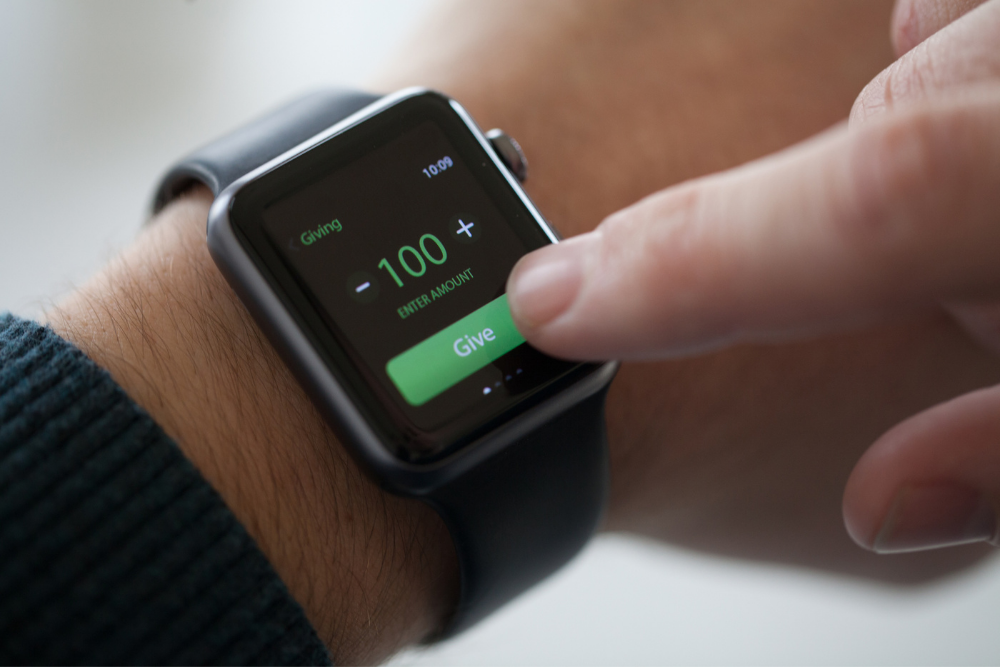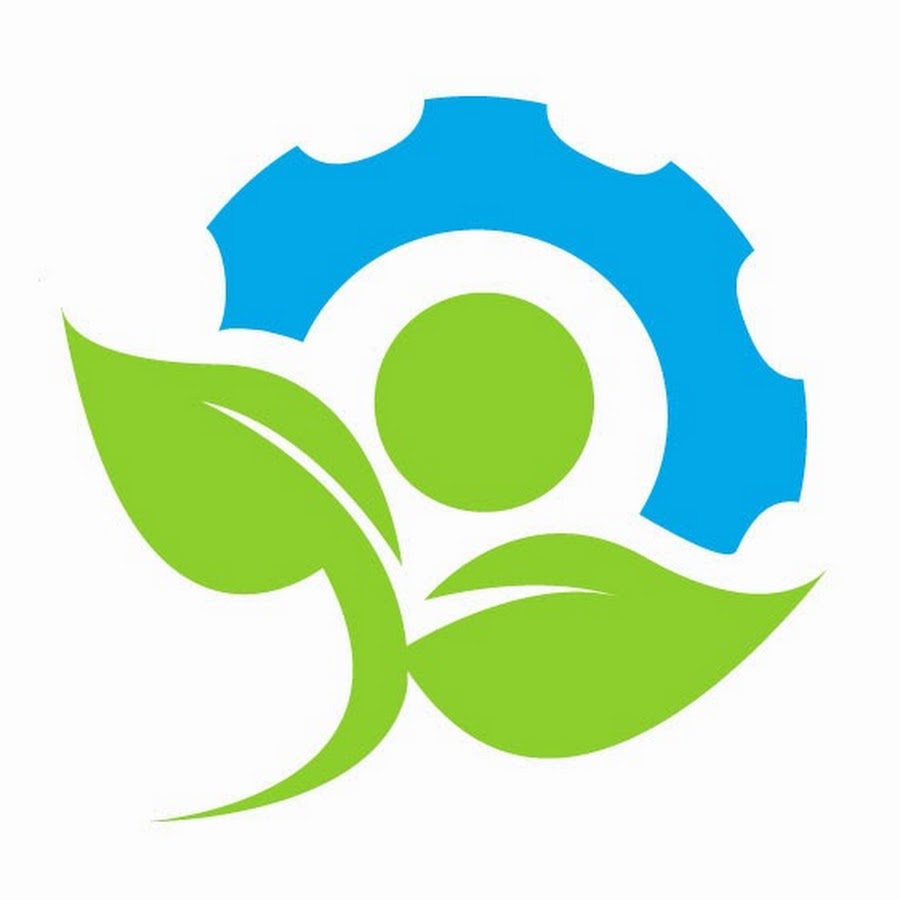Neuroscience tells us that our brains are wired to seek intensity. Ideally, this intensity should come from joyful interactions and be the foundation for our attachment to people. However, if we experience intense abandonment or dysfunction early on, our young minds can’t discern the difference between good and bad intensity, and we go through life seeking intensity from the wrong sources or chaotic relationships.
A quick note: When we talk about the need for intensity, we are only referring to one aspect of attachment. There are other aspects of attachment outside of intensity. It is important to note that while intense, joyful interaction is an important part of building attachment, this cannot be done without times of quieting. Quieting gives us the rest we need to absorb those joyful encounters and securely attach to other people.
Helping individuals and communities move from a place of being motivated by fear to being motivated by love, is a central theme of the Life Model. In our Life Model Works Leader’s Collective program, Dr. Jim Wilder shared this story on understanding how intensity fuels our attachment.
“I noticed when my kids were little, that we got most intense with them when they were misbehaving. I told my wife, ‘We’ve got to stop this because they’re naturally looking for intensity.’ So, I began running into their room after they’d played nicely together for two to three minutes, and yelling at the top of my lungs, ‘Well, you’re playing nicely together. I’m going to chase you all around the house,’ and they would just respond tremendously. And every once in a while, instead of running out like before, saying, ‘My brother is hitting me,’ they would come running out into the living room, saying, ‘Daddy, Daddy, we’re playing nicely together.’ I would drop whatever I was doing and run around there yelling and carrying on as strongly as possible… So, intense experiences of, ‘Wow, Dad can really get pumped up about how nicely we’re playing together.’ And really, from that point on, it was a very, very rare that we ever had an… unpleasant interaction we had to deal with… God can also help provide these kinds of [interactions] because He can be pretty intense with his delight and love… We should seek those times, as well.”
This story is encouraging because it demonstrates how we can shift our motivation, even if we’re drawn to negative intensity at first. Can you think of times where you can see in retrospect how you were seeking intensity in certain situations? Is there a positive or negative pattern you notice?
When we are in the process of transformation and healing, there are many little choices and steps we must take to shift our attachment to love, joy, and peace. Self-growth and emotional healing can sometimes seem flat, discouraging, and fruitless because we are weaning ourselves off toxic, high energy situations and/or dysfunctional people. When we become discouraged, it is important to pursue rest and quieting so we don’t throw ourselves back into toxic environments out of habit. The steps in the Immanuel process help with this, as we get to experience God being with us in the process of growth, even when it’s frustrating. He gives us the courage and grace to press on, while allowing us to rest and find belonging in Him.
We can also find courage for the process of changing our motivation from fear-based intensity to love-based intensity by inviting other people into the process. When we share with someone how difficult the healing process feels, we can receive attunement and we can also invite them to help us experience intensity in a new way. For example, there are moments when I make a good decision that furthers my transformation and ability to live from the heart Jesus gave me, but it feels exhausting and hardly satisfying, even though what I did was courageous and a step toward wholeness! In moments like these, we need people to celebrate with us in those difficult, but good decisions to shift our motivation into a healthy attachment space.
I have a friend where we ask each other in these situations, “Is this a moment we can celebrate?” and if the answer is “yes” then we have permission to move from attunement to high energy joy and hyping up the other person’s good decision or healing process. Now instead of dreading hard decisions and conversations, we look forward to celebrating them with one another.
Talk with the people who are in your circle. What would it look like for you to add celebration to your healing journeys?








